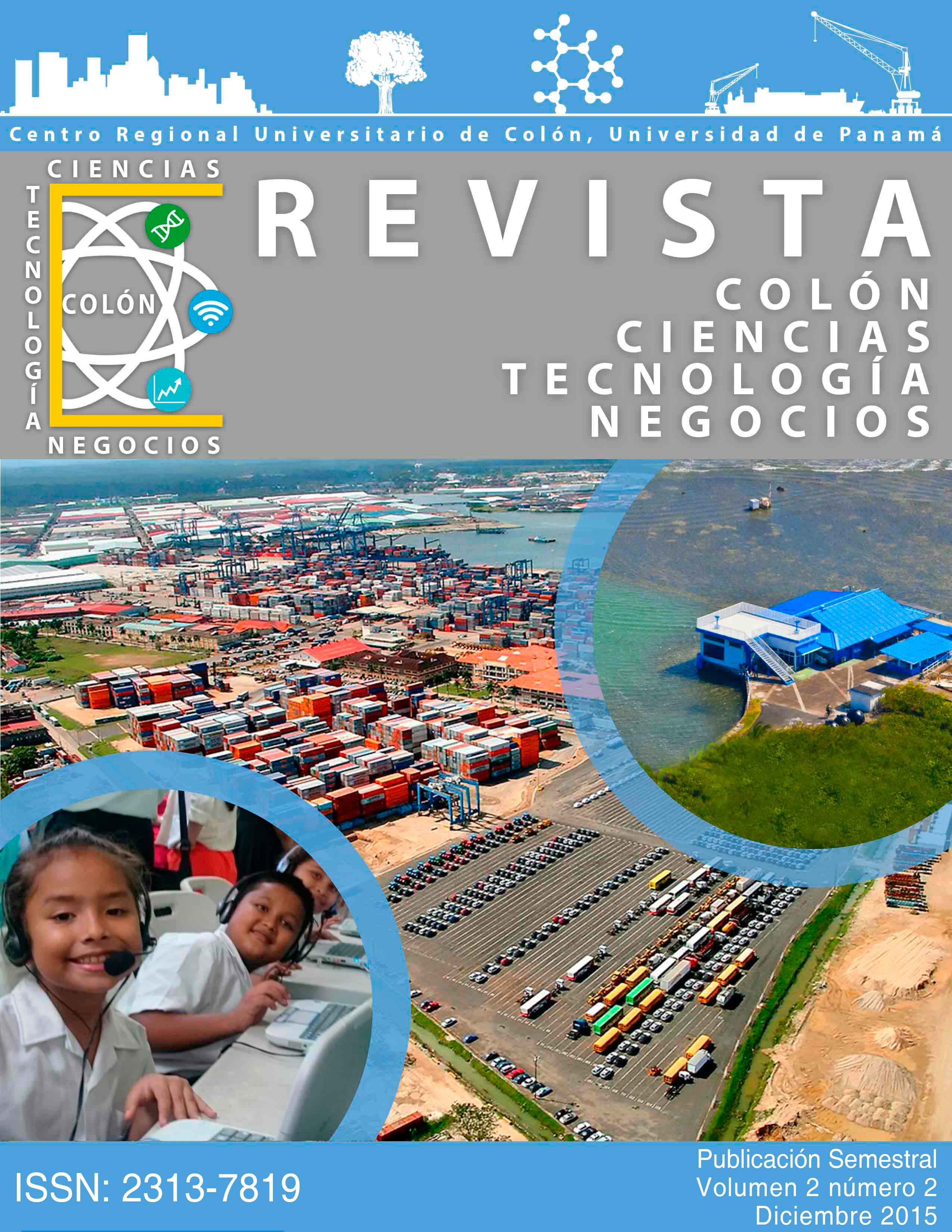

The Boyd Roosevelt (Via Transístmica) road built after 1936, parallel to the Panama Canal, runs 78.9 km connecting the cities of Panama and Colon, this section is part of the tropical rain forests of the canal basin, which is disclose a representative variety of these areas. Considering it is a heavy traffic road with different levels of disturbance, no information detailing the status of vegetation associated to this pathway is available. Therefore the purpose of this research is to characterize the flora, highlighting special plant species and their ethnobotanical relationships. Weekly tours from February to December 2014 were made, observing and recording the species present at 10 m from the roadsides. Collections, direct comparisons and identifications with the taxonomic keys of Mesoamerican Flora and Flora of Panama were made and specimens were left in the Herbario of Universidad de Panama (PMA). Results indicate that even though these forests have a considerable degree of disturbance, a high diversity of species, including individuals representing primary forests are present. Furthermore, evidence where the growth of native species introduced, cultivated, naturalized and other combined is presented. Some species are on the IUCN Red List as vulnerable plants such as Swietenia macrophylla (Mahogany). Species belonging to 6 categories of cultural uses were identified. According to the results, these forests maintain a high conservation value thus, conservation strategies are recommended, and no matter they are not included as protected area.